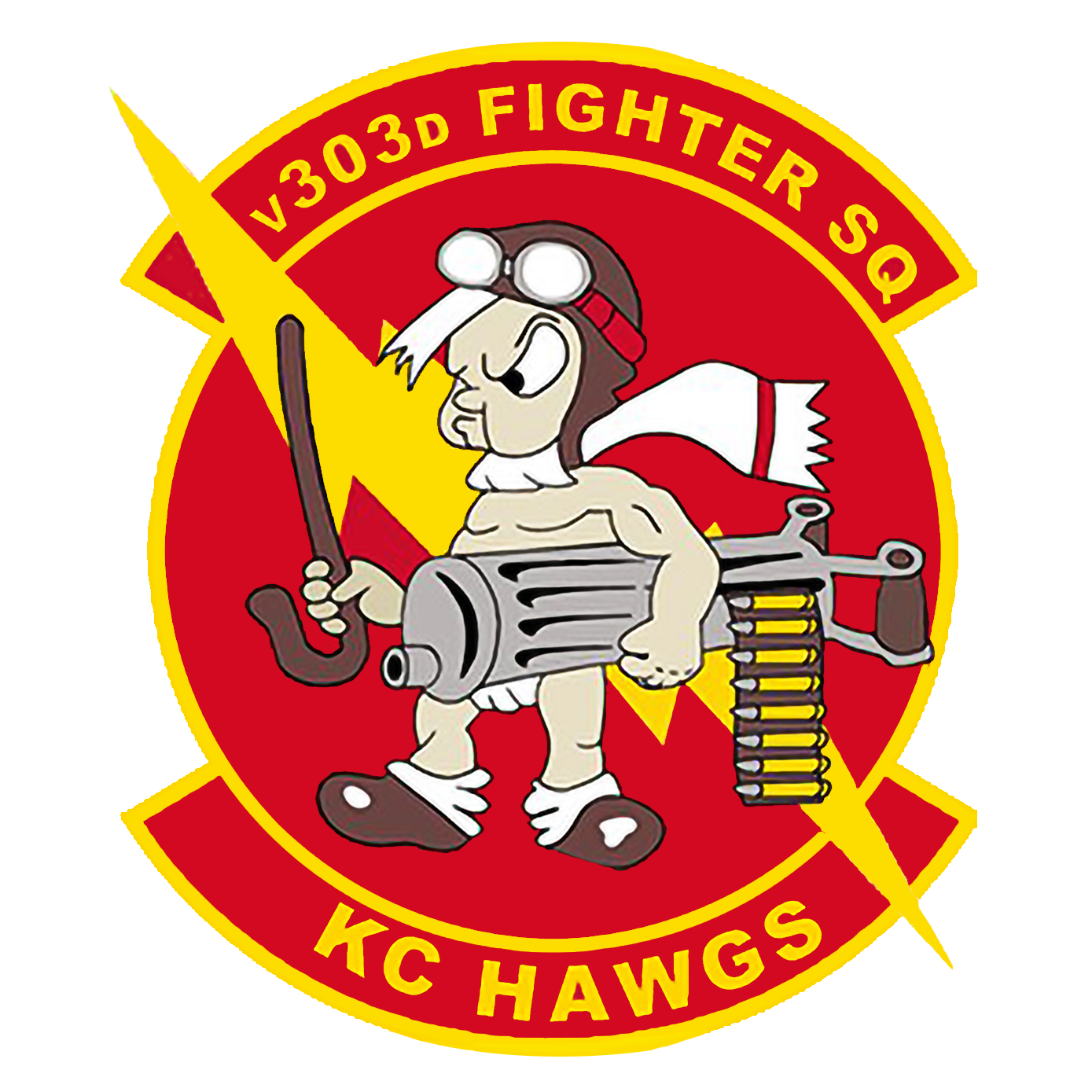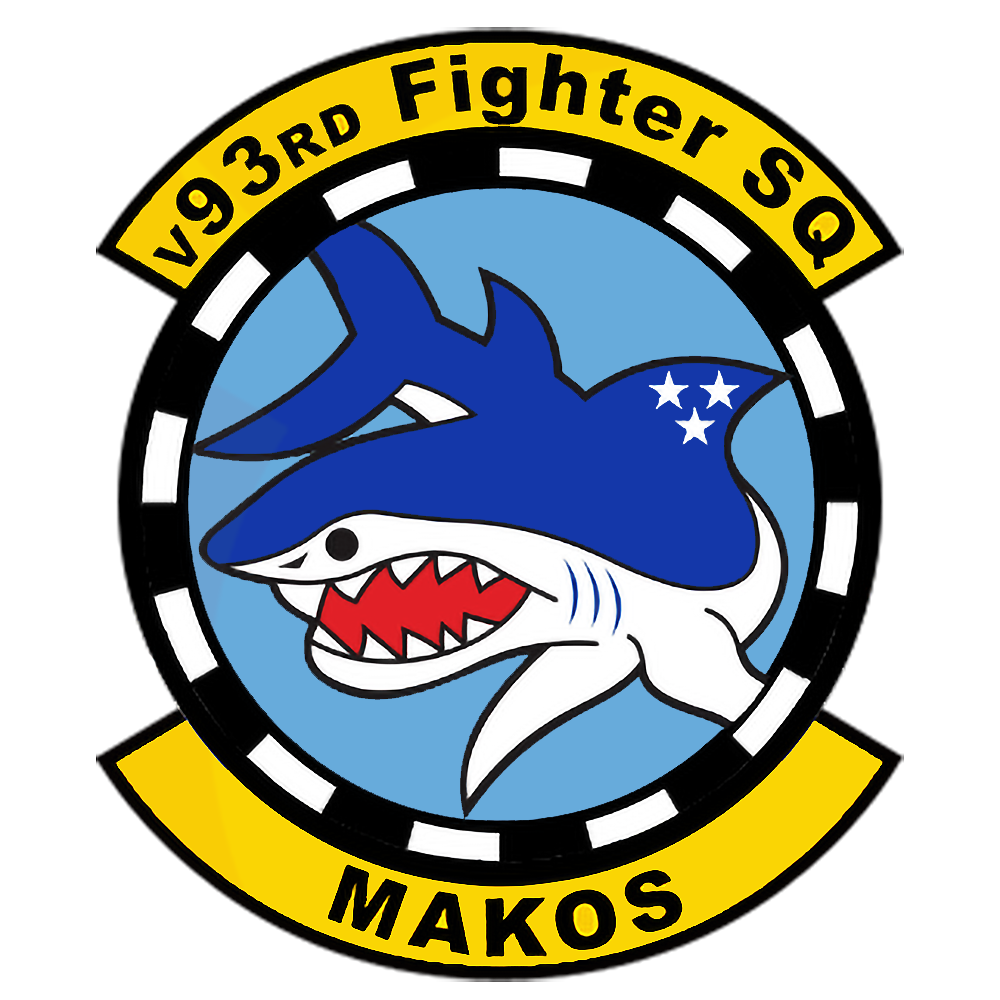You are using an out of date browser. It may not display this or other websites correctly.
You should upgrade or use an alternative browser.
You should upgrade or use an alternative browser.
<RADAR> Airspace Surveillance Systems
Filters
Show only:
Loading…
//Public Intel-Report
Last updated: 20230420
RWR: SD
THREAT: HIGH
ASSOCIATED SAM: 9K37 / SA-11
In-DCS Unit View:
Originators Designation: 9S18M1 Kupol-M1
NATO Reporting Name: Snow Drift
Description:
The 9S18M “Kupol-M” (Cyrillic: «Купол-М»; NATO designation: “Snow Drift”) is a mobile 3-D acquisition radar operating frequency agile in the H/I-Band. The radar uses a rectangular phased array antenna of slotted waveguides with mechanical rotation in azimuth and an electronically steered pencil beam in elevation. The transmitters' waveform is alternate an unmodulated pulse and a pulse with linear intra-pulse frequency modulation (chirp). The radar can track up to 50 targets at a time, and provide target designation on six targets. It...
//Public Intel-Report
Last updated: 20230420
RWR: CS
THREAT: MEDIUM
ASSOCIATED SAM: S-300 / SA-10
In-DCS Unit View:
Originators Designation: 76N6
NATO Reporting Name: Clam Shell
Description: The 76N6 is a low-altitude FMCW search and acquisition radar designed to detect and track approaching and receding low radar cross section targets, particularly cruise missiles. The system will detect targets at extremely low altitudes in ground clutter under intense ECM conditions. This system is described as fully automatic and provides target track information for the fire control system of the static SA-10A or mobile SA-10B Grumble area defence SAM. Approaching and receding target velocity, range and bearing are provided, with selectable 1...
//Public Intel-Report
Last updated: 20230420
RWR: BB
THREAT: HIGH
ASSOCIATED SAM: S-300 / SA-10
In-DCS Unit View:
Originators Designation: 91N6
NATO Reporting Name: Big Bird
Description: Operating in the S-Band surveillance and tracking radar developed for the SA-21 “Growler” surface-to-air missile system (Russian designator: S-400 “Triumf”). Basically, the 91N6E is an upgraded variant of the 64N6E radar (NATO-designator “Tombstone”) with the same antenna design but higher transmitter power. Its digital signal processing can detect up to 300 targets.
The radar is placed in two containers, one fixed with the radar electronic and the indicators, the second with the transmitters, receivers and the antennas. The main antenna is a...
//Public Intel-Report
Last updated: 20230420
RWR: 10
THREAT: HIGH
ASSOCIATED SAM: S-300 / SA-10
In-DCS Unit View:
Originators Designation: 30N6E
NATO Reporting Name: Flap Lid
Description: An I/J-Band multi-function phased-array trailer-mounted engagement radar with digital beam steering for use with the SA-10 “Grumble” theatre defence missile. The operators and command staff for the SA-10 are positioned in a cabin to the rear of the radar cabin.
Flap Lid, like the AN/MPQ-53, uses a 10,000 element transmission type of space feeded phased-array, with a complex monopulse horn feed into the rear plane of the antenna, using a microwave lens. The Flap Lid's antenna stows flat on the roof of the radar cabin, which was initially deployed...
//Public Intel-Report
Last updated: 20230420
RWR: DE
THREAT: MEDIUM
ASSOCIATED SAM: 9K33 / SA-8, SA-13
In-DCS Unit View:
Originators Designation: 9280M1 Sborka
NATO Reporting Name: Dog Ear
Description: A Soviet/Russian mobile reconnaissance and command center for tactical air defence systems.The DOG EAR G Band surveillance RADAR usually employed to support tactical air defence units, such as SA-13 GOPHER batteries.
The system is able to provide bearing and range of airborne targets at ranges in the region of 20 nautical miles.
Specifications:
Max Engagement Range:
-
Max Engagement Height:
-
Min Engagement Height:
-
Max Speed:
-
ECM Burn Through
-
Warhead Weight
N/A
Defensive Maneuvers:
HARM ALIC Codes:
HQ-7...
//Public Intel-Report
Last updated: 20230420
RWR: S
THREAT: MEDIUM
ASSOCIATED SAM: S-200 / SA-5
In-DCS Unit View:
Originators Designation:
NATO Reporting Name:
Description:
Specifications:
Max Engagement Range:
-
Max Engagement Height:
-
Min Engagement Height:
-
Max Speed:
-
ECM Burn Through
-
Warhead Weight
N/A
Defensive Maneuvers:
HARM ALIC Codes:
HQ-7 Track Radar
-
HQ-7 Search Radar
//Public Intel-Report
Last updated: 20230420
RWR: 5
THREAT: MEDIUM
ASSOCIATED SAM: S-200 / SA-5
In-DCS Unit View:
Originators Designation:
NATO Reporting Name:
Description:
Specifications:
Max Engagement Range:
-
Max Engagement Height:
-
Min Engagement Height:
-
Max Speed:
-
ECM Burn Through
-
Warhead Weight
N/A
Defensive Maneuvers:
HARM ALIC Codes:
HQ-7 Track Radar
-
HQ-7 Search Radar
//Public Intel-Report
Last updated: 20230420
RWR: S/FF
THREAT: MEDIUM
ASSOCIATED SAM: S-125 / SA-3
In-DCS Unit View:
Originators Designation: P-19
NATO Reporting Name: Flat Face
Description: The P-19 like the previous P-15 was designed to detect aircraft flying at low altitude and came to be associated with the S-125 "Neva" anti-aircraft system (NATO reporting name SA-3 "Goa").[3] The P-19 featured new electronics compared with the previous P-15 including a new magnetron transmitter.[4] The P-19 is still in service today and was widely exported; many companies offer upgrade options to improve the performance and reliability of the radar and to replace out-dated components[1] although the P-19 has been superseded by the newer Kasta...
//Public Intel-Report
Last updated: 20230420
RWR: S
THREAT: MEDIUM
ASSOCIATED SAM: S-75 / SA-2
In-DCS Unit View:
Originators Designation:
NATO Reporting Name:
Description:
Specifications:
Max Engagement Range:
-
Max Engagement Height:
-
Min Engagement Height:
-
Max Speed:
-
ECM Burn Through
-
Warhead Weight
N/A
Defensive Maneuvers:
HARM ALIC Codes:
HQ-7 Track Radar
-
HQ-7 Search Radar
//Public Intel-Report
Last updated: 20230420
RWR: S
THREAT: MEDIUM
In-DCS Unit View:
Originators Designation:
NATO Reporting Name:
Description:
Specifications:
Max Engagement Range:
-
Max Engagement Height:
-
Min Engagement Height:
-
Max Speed:
-
ECM Burn Through
-
Warhead Weight
N/A
Defensive Maneuvers:
HARM ALIC Codes:
HQ-7 Track Radar
-
HQ-7 Search Radar
//Public Intel-Report
Last updated: 20230419
RWR: S/SN
THREAT: MEDIUM
In-DCS Unit View:
Originators Designation:
NATO Reporting Name:
Description:
Specifications:
Max Engagement Range:
-
Max Engagement Height:
-
Min Engagement Height:
-
Max Speed:
-
ECM Burn Through
-
Warhead Weight
N/A
Defensive Maneuvers:
HARM ALIC Codes:
HQ-7 Track Radar
-
HQ-7 Search Radar
//Public Intel-Report
Last updated: 20230420
RWR: S
THREAT: MEDIUM
In-DCS Unit View:
Originators Designation:
NATO Reporting Name:
Description:
Specifications:
Max Engagement Range:
-
Max Engagement Height:
-
Min Engagement Height:
-
Max Speed:
-
ECM Burn Through
-
Warhead Weight
N/A
Defensive Maneuvers:
HARM ALIC Codes:
HQ-7 Track Radar
-
HQ-7 Search Radar
//Public Intel-Report
Last updated: 20230419
RWR: S
THREAT: MEDIUM
In-DCS Unit View:
Originators Designation:
NATO Reporting Name:
Description:
Specifications:
Max Engagement Range:
-
Max Engagement Height:
-
Min Engagement Height:
-
Max Speed:
-
ECM Burn Through
-
Warhead Weight
N/A
Defensive Maneuvers:
HARM ALIC Codes:
HQ-7 Track Radar
-
HQ-7 Search Radar
//Public Intel-Report
Last updated: 20230419
RWR: S
THREAT: MEDIUM
In-DCS Unit View:
Originators Designation: 1L13 “Sky-SV Nebo”
NATO Reporting Name: Box Spring EWR Station
Description: The 1L13-3 Nebo radar (NATO name: BOX SPRING) is a mobile, 2-D early warning radar operating in the A/B Band. Capable of being used as part of a radar system to provide a valuable early warning capability against low observable aircraft. As part of an IADS system, the 1L13 Nebo would be used to cue the high power aperture X-band systems to a small acquisition box in which the VLO aircraft can be found.
Specifications:
Max Engagement Range:
-
Max Engagement Height:
-
Min Engagement Height:
-
Max Speed:
-
ECM Burn Through
-
Warhead Weight...
//Public Intel-Report
Last updated: 20230419
RWR: S
THREAT: MEDIUM
ASSOCIATED SAM: 2K12 / SA-6
In-DCS Unit View:
Originators Designation: 1S91 “SURN”
NATO Reporting Name: Straight Flush
Description: 25 kW G/H band radar (with a range of 75 km (47 mi)) equipped with a continuous wave illuminator, in addition to an optical sight.
Specifications:
Max Engagement Range:
30nm
Max Engagement Height:
8,000ft
Min Engagement Height:
80ft
Max Speed:
M3.5
ECM Burn Through
18nm
Warhead Weight
N/A
Defensive Maneuvers: Destroy to neutralize SA-6 sites
HARM ALIC Codes:
HQ-7 Track Radar
108
HQ-7 Search Radar
RWR: 3
THREAT: MEDIUM
ASSOCIATED SAM: S-125 / SA-3
Originator's Designation: S-125 Newa
Band: I-Band
ALIC Code: 123
Description
The Low Blow is a family of I band radar used with the SA-3 Goa surface to air missile system. The name Low Blow reflects the radar’s ability to guide missiles toward low flying targets with heavy clutter. The Low Blow use pairs of electromechanically scanning trough antennas mounted orthogonally, but to improve low-angle performance the troughs are mounted at 45º from the horizontal. The antennas are mounted in an upside down “V” to reduce ground clutter. Between the two troughs is a Lobe-On-Receive-Only mode antenna. When the trough antennas acquire a target the system can be switched to a LORO mode...
RWR: 2
THREAT: MEDIUM
ASSOCIATED SAM: S-75 / SA-2
Originator's Designation: PW S-75
Band:
ALIC Code: 126
Description
The Fan Song is a series of target detection and guidance radars developed for use with the SA-2 Guideline surface to air missile system. Six of these radars have been identified, Fan Song A-F. The Fan Song can handle up to six targets at once and guide three missiles at a time. The missile must pass through the guidance beam within a few seconds of launch to be acquired and steered towards the target. There is a limitation in the amount of steering information that that missile can receive. All Fan Songs contain a Track While Scan radar which scans a designated sector with two flapping fan beams from two orthogonal...


